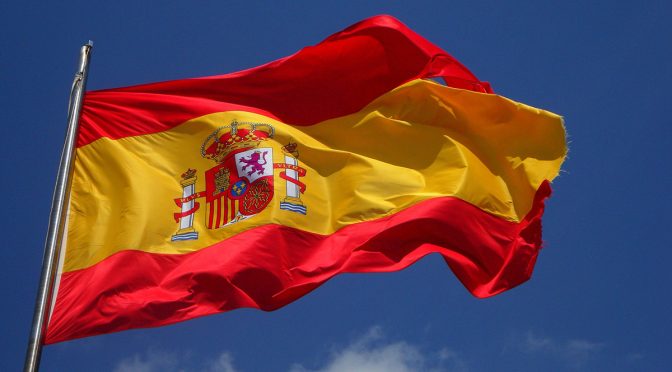
National electricity demand experienced an increase of 0.8% in February compared to the same month of the previous year, once the effects of temperature and calendar were discounted. In gross terms, a demand of 20,058 GWh is estimated, 1.8% lower than that of February 2023.
Evolution of monthly demand in Spain until February 2024.
In the accumulated of the first two months of 2024, Spain has registered a demand of 42,181 GWh, 0.5% less than in the same month of 2023. Again, once the effects of the calendar and temperatures are taken into account, Demand increases by 0.8% compared to 2023.
During this month, renewable production has been 32.9% higher than that of the same month in 2023, and has reached the figure of 13,152 GWh, 59.55% of the total mix, a quota very close to the maximum recorded in November 2023, which was 59.56%.
According to the provisional data available today, wind power, which has generated 31.2% of the total, has been the leading technology for the fifth consecutive month, with a production of 6,901 GWh, 47.6% more than in the same month of last year. 2023.
The rainfall in recent months has made it possible for hydraulics to increase its production in February by 31.6% compared to the same month in 2023, a very dry year. Thus, hydraulics have generated 3,242 GWh, which makes it the third technology in the mix this February, with 14.7%.
Photovoltaic solar, with 2,500 GWh recorded in February, increased its production by 16.2% compared to last year, obtaining a share of 11.3%.
For its part, emissions-free production has reached its best record this month, generating 81.4% of the total in Spain. On February 10, it reached a record share of 88.5% of the national mix.
Structure of the monthly generation for February and 2024.
Peninsular demand increases 0.5%
At the peninsular level and once the effects of the calendar and temperatures are taken into account, demand has been 0.5% higher than in February 2023. In gross terms, demand this month has been 18,912 GWh, 2 % lower than the same month of the previous year, a variation that is mainly explained by milder temperatures in February 2024.
In the first two months of the year, peninsular demand has been 39,816 GWh, 0.7% lower than that registered in 2023. Once the effects of the calendar and temperatures are taken into account, demand increases by 0.6% .
The set of peninsular renewables generated 61.7% of the total in February, according to provisional data available today, which shows a production of 12,980 GWh, 32.4% more than in the same month of the previous year. For their part, emission-free technologies contributed 84.7% of the total.
The peninsular generation structure in February is also led by wind power, which has been responsible for 32.2% of the total with 6,790 GWh produced during this month.
The electrical system in the Balearic Islands and Canary Islands
In the Balearic Islands, electricity demand in February was 1.6% higher than that of the same month in 2023 once the effects of the calendar and temperatures are taken into account. Thus, gross demand is estimated at 409,881 MWh, 5.2% less than that of February of the previous year. In the first two months of 2024, the Balearic gross demand is estimated at 855,177 MWh, 3.1% less than in the same period of 2023.
In terms of generation, the combined cycle, with 76.7% of the energy produced in the Balearic Islands, was the islands’ first source this month. For its part, renewable energy without CO2 equivalent emissions generated in the Balearic community represented 11.2% of the total. Furthermore, the underwater link between the Peninsula and Mallorca contributed during this month to covering 28.1% of the Balearic electricity demand.
For its part, in the Canary archipelago, the demand for electrical energy grew by 8.4% compared to the same month in 2023, taking into account the effects of the calendar and temperatures. In gross terms, demand was 703,903 MWh, 8.2% more. In the first two months of 2024, Canarian demand is estimated at 1,444,778 MWh, 5.5% more than in the same period of 2023.
Regarding electricity generation in the Canary Islands, the combined cycle, with 42% of the total, was also the first source in February. Renewables and emission-free technologies reached a share of 19.7% of production, with the wind contribution being 15.8%.